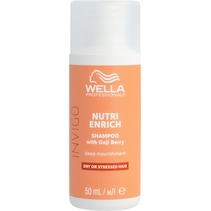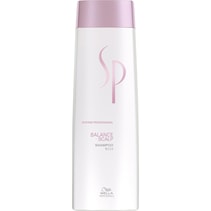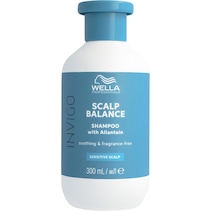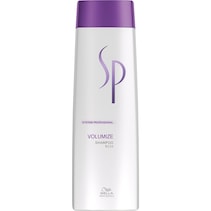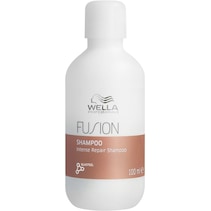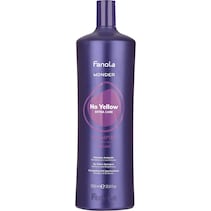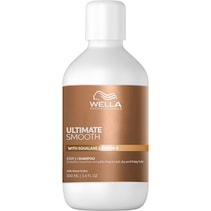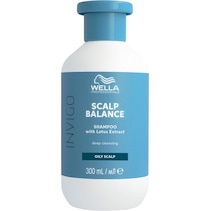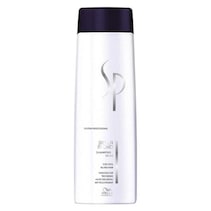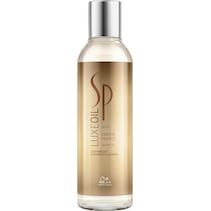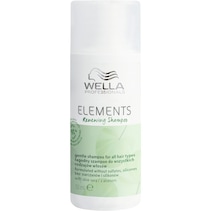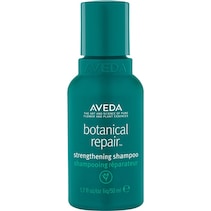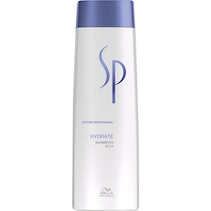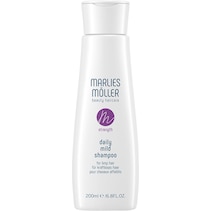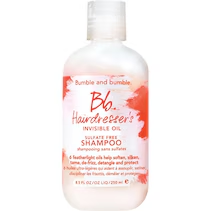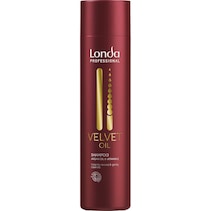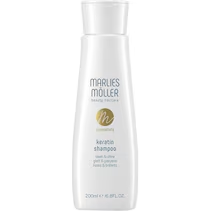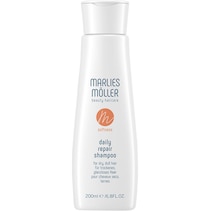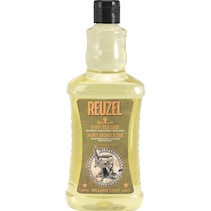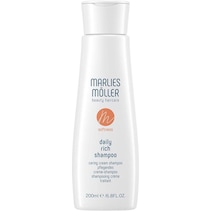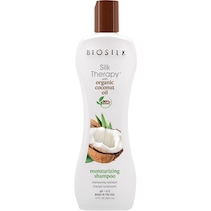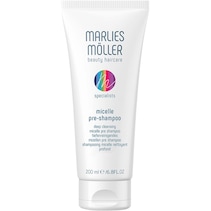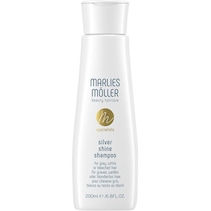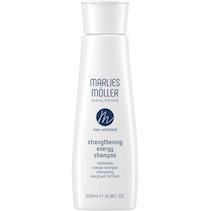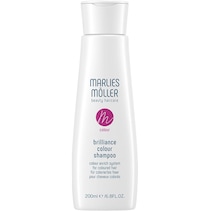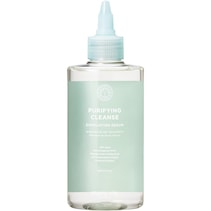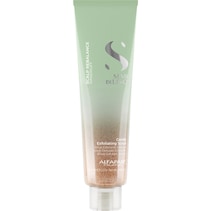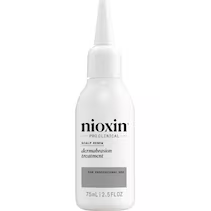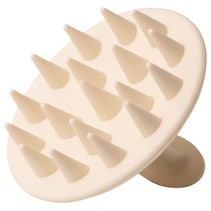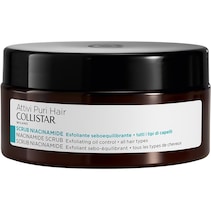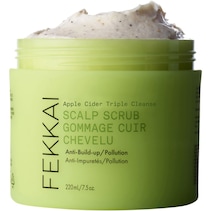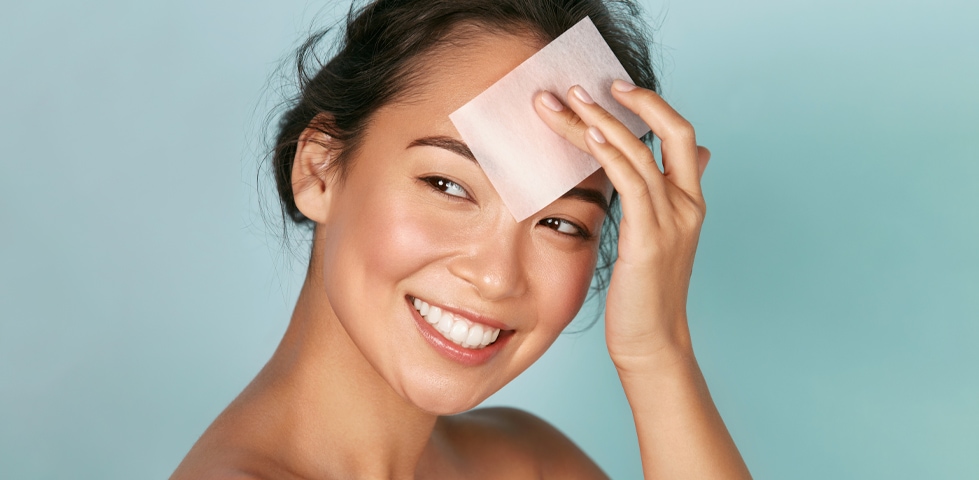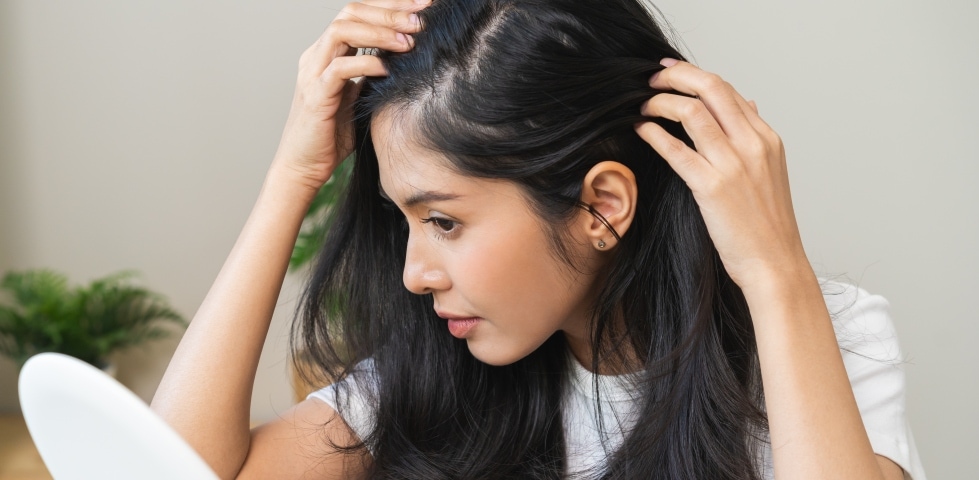
Pimples on the scalp: Causes, treatment and prevention
Pimples on the scalp are often uncomfortable and sometimes painful. They are also usually difficult to access under the hair and therefore harder to treat. This article talks about the causes of pimples on the scalp and how they can be treated.
08 May 2025 • 4 min. reading time
Table of contents
What causes pimples on the scalp?
Pimples on the scalp can have a variety of causes, ranging from minor skin irritations to serious skin problems. Common triggers for pimples on the head include:
1. Too much sebum
Excessive sebum production can cause blocked pores. If dirt, skin cells, bacteria and sebum accumulate, they can cause pimples on the scalp. The oilier the scalp is, the more sebum can accumulate in the hair follicles.
2. Hormonal changes
Hormone fluctuations, such as those that occur during puberty, pregnancy or in connection with certain medical conditions, can affect the skin’s sebum production. This can also be a cause of pimples.
3. Unsuitable or too many hair care products
If the products you use block your pores or irritate your scalp, they can cause pimples to appear. Artificial fragrances or harsh chemicals are common culprits. Using too many hair care products too frequently can also make your scalp prone to pimples.
4. Poor scalp hygiene
Not washing your hair often enough or wearing hats, beanies or caps that trap sweat and dirt can also cause the pores on the scalp to become blocked and pimples to appear.
5. Lifestyle
High levels of stress can trigger the release of cortisol, which in turn stimulates sebum production. Pimples often occur on the forehead as a result. Diet also influences the state of our skin.
6. Skin conditions
Psoriasis, bacterial infections or fungal infections are all conditions that contribute to the development of pimples on the scalp. In this case, you should consult a GP.
Pimples on the scalp: what now?
You can do something about pimples on your scalp. The treatment you opt for depends on the reason you have them.
1. Regular cleansing
A mild, pH-balanced shampoo can gently remove excess debris and sebum from the scalp. This helps to keep pores from getting blocked. Avoid shampoos with silicones, parabens or artificial fragrances, as they can clog pores. Look for shampoos that are specially formulated for sensitive scalps. You can reduce the risk of painful pimples on your head. Wash your hair regularly – but there’s no need to wash it every day.
Mild shampoo
Mild shampoo
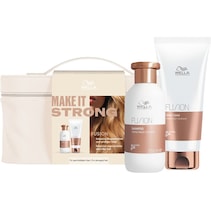
Wella
Fusion
Professionals Care
Make it Strong

€ 46.12 € 41.51
- € 34.59
- € 31.13
- € 46.12
- € 41.51
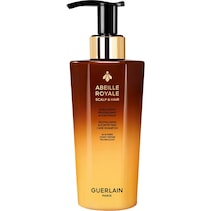
GUERLAIN
Abeille Royale Scalp & Hair
Skin care
Care Shampoo

€ 77.12 € 69.41
- € 57.84
- € 52.06
- € 77.12
- € 69.41
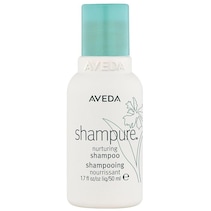
Aveda
Shampoo
Hair Care
Shampure Nurturing Shampoo

€ 12.95 € 11.66
- € 9.71
- € 8.74
- € 12.95
- € 11.66

WELEDA
Shampoo
Hair care
Replenish & Care Shampoo Oats
Reduces split ends, for smooth, beautiful hair with a natural shine

€ 7.83 € 7.05
- € 5.87
- € 5.29
- € 7.83
- € 7.05
2. Home remedies
There are a number of home remedies you can use to get your scalp pimples under control. For example, take advantage of the soothing effect of chamomile by pouring boiling water over loose chamomile flowers, straining them after ten minutes and then treating your scalp with this chamomile rinse. Tea tree oil is another natural way to disinfect and dry out pimples and support the healing process. Simply put a drop on a cloth and apply it to your scalp. Shampoos with tea tree oil are another option. You can also try a cider vinegar rinse to restore the skin’s pH balance and for its antibacterial properties.
Shampoo with tea tree oil
Shampoo with tea tree oil
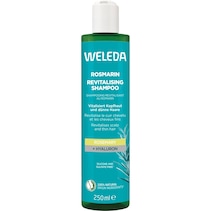
WELEDA
Shampoo
Hair care
Vitalising rosemary shampoo
Silicone-free, with hyaluronic acid & organic rosemary oil for volume & care

€ 7.34 € 6.61
- € 5.51
- € 4.95
- € 7.34
- € 6.61
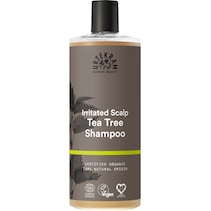
Urtekram
Special Hair Care
Care
Shampoo Tea Tree For Irritated Scalp

€ 11.13 € 10.02
- € 8.35
- € 7.51
- € 11.13
- € 10.02
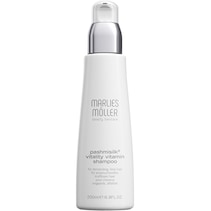
Marlies Möller
Pashmisilk
Beauty Haircare
Vitality Vitamin Shampoo

€ 51.96 € 46.76
- € 38.97
- € 35.07
- € 51.96
- € 46.76
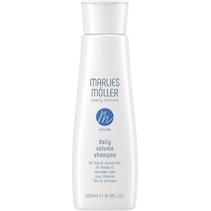
Marlies Möller
Volume
Beauty Haircare
Daily Volume Shampoo

€ 41.24 € 37.12
- € 30.93
- € 27.84
- € 41.24
- € 37.12
3. Chemical peels for the scalp
You can cleanse the scalp with a chemical peel. Chemical peels contain ingredients such as salicylic acid or glycolic acid, which can help dissolve dead skin cells and clear pores. Salicylic acid is particularly effective because it can penetrate the pores and remove sebum and dirt. Regular exfoliation can help to prevent pimples on the scalp and reduce existing blemishes. Chemical peels are a particularly good choice for dry skin that is prone to dandruff. They gently remove the dead skin flakes and thoroughly cleanse the scalp. If you have an oily scalp, you can also use a mechanical exfoliator.
Scalp scrub
Scalp scrub
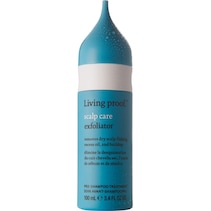
Living Proof
Scalp Care
Hair care
Exfoliator

€ 37.60 € 33.84
- € 28.20
- € 25.38
- € 37.60
- € 33.84
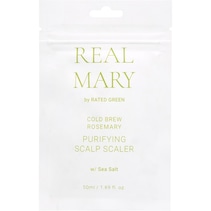
RATED GREEN
Skin care
Hair care
Real Mary Purifying Scalp Scaler
Sea Salt

€ 17.06 € 15.35
- € 12.80
- € 11.52
- € 17.06
- € 15.35
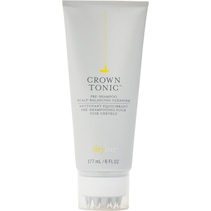
Drybar
Shampoo
Hair products
Crown Tonic Pre-Shampoo Scalp-Balancing Cleanser

€ 37.95 € 34.16
- € 28.46
- € 25.62
- € 37.95
- € 34.16
Tip:
A chemical peel on the scalp is best done on towel-dried hair. Simply massage the product gently into the scalp, leave it on for a few minutes and then rinse it out with warm water. Then simply continue with your regular hair care routine.
4. Lifestyle adjustment
Reducing stress is always a good idea, and it can also have a positive effect on your scalp health. A balanced diet that is low in fat and sugar will also improve the condition of your scalp.
Very important: Never pick or squeeze pimples. This can worsen the inflammation and introduce bacteria into the wound.
How can you prevent pimples on the scalp?
Regular head hygiene and exfoliation can help to prevent pimples on your scalp. You should also regularly give your hair a thorough brushing, starting at the roots, to massage the scalp. This stimulates blood flow to the scalp and removes dead skin cells and dirt. If you like to wear caps or hats, make sure to wash them regularly.
If you suspect that certain hair care products are the cause of your scalp pimples, change your hair care routine. Washing your hair too often or too infrequently can also be a cause of pimples – change your rhythm and see if it helps. It’s best to avoid oil-based products altogether, as these tend to build up on the scalp.
If nothing helps and your pimples get worse, start to become painful or become pus-filled, don’t hesitate to see a dermatologist. If you have a skin condition, you may need to take medication or use certain shampoos.
FAQs: Pimples on the scalp
Too much sunlight can dry out the scalp, which in turn stimulates sebum production. This can cause the pores to become blocked. We tend to sweat more when we’re out in the sun, which can cause pimples to form on the head.
Small pimples usually heal within two weeks, as long as you don’t scratch them or irritate them in some other way. Deep pimples that are also painful can take longer to heal. If they become inflamed, they may even require medical treatment.
If the pimples become severely inflamed or a severe scalp infection develops, hair loss can occur. Hair growth can also be impaired if the hair roots are damaged by inflammation. Chronic inflammation in particular requires medical treatment to prevent long-term damage.
Summary
Pimples on the scalp can be caused by excess sebum, the wrong hair care products or stress. The right cleansing routine, such as a mild shampoo without irritating ingredients, supported by home remedies such as chamomile rinses or tea tree oil, can help to reduce the symptoms. Chemical peels with salicylic acid are a good way to deep-cleanse the pores. A healthy diet and stress management can effectively prevent pimples on the scalp. If the symptoms persist, it is important to see a dermatologist.


